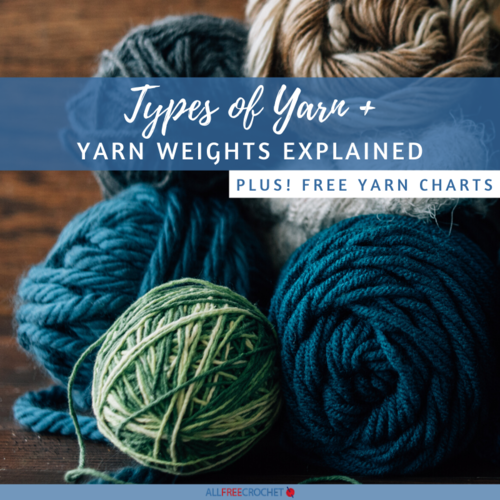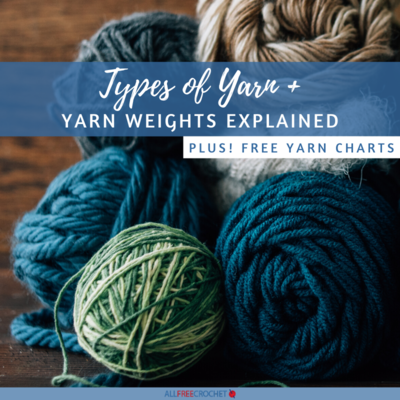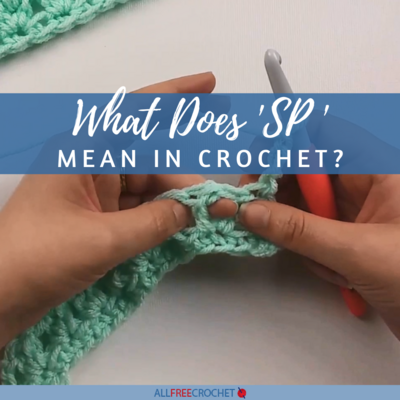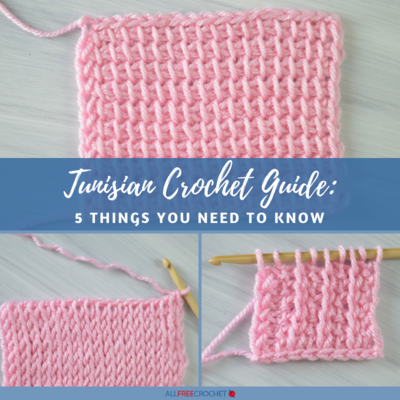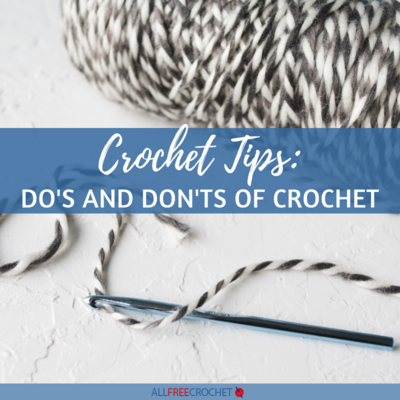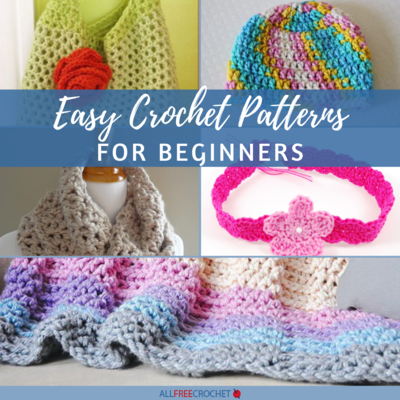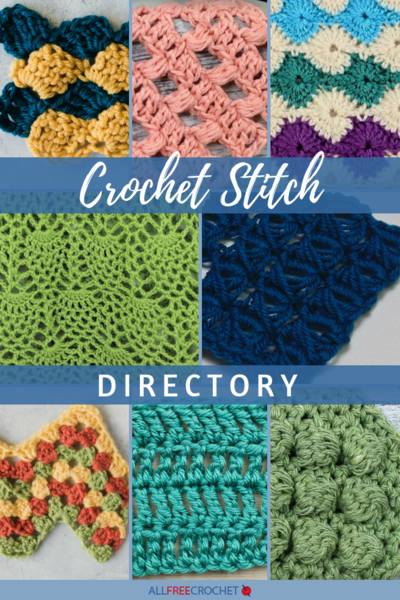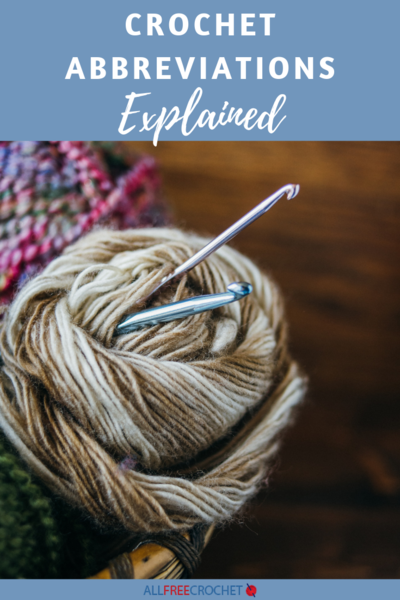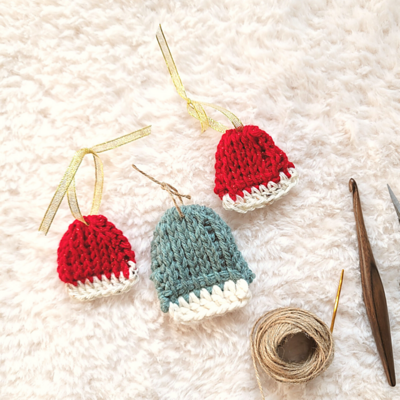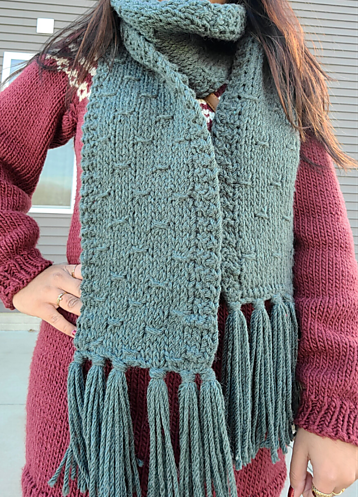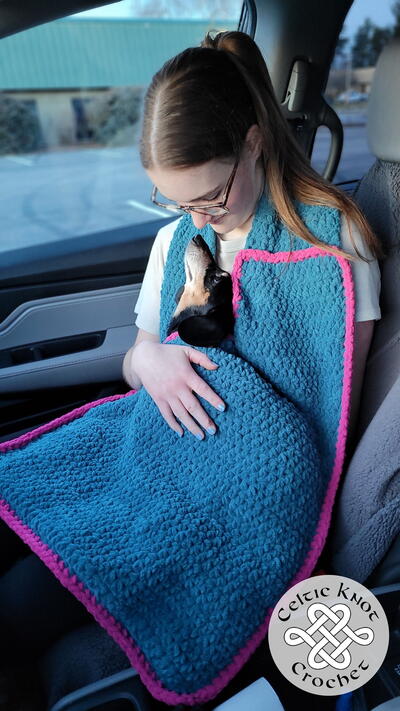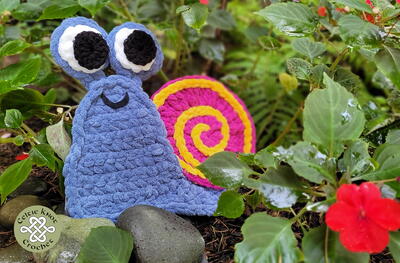Types of Yarn + Yarn Weights Explained
Before starting your next crochet project, learn about yarn types and yarn weights.
Learn the types of yarn fibers that are available for crochet patterns (along with knitting and other yarn crafts). You can also find the yarn weight to help you understand what each yarn can be used for.
There are plenty of different yarns for you to use for each of your crochet projects. With that said, different fibers of yarn will result in a different look depending on what yarn you use for what project.
This guide, Types of Yarn + Yarn Weights Explained, goes over everything you need to know about yarn, from the fiber materials to the weights that make the strands thinner or thicker.
Once you find the perfect yarn you're looking for you can go ahead with your crochet design. Below you can find a variety of yarn fibers.
Learn all about natural fibers, synthetic fibers, eco-friendly yarns, and yarn weights. We are even sharing some of our favorite free crochet patterns with each yarn weight type.
It's also important to consider sensitive skin and allergies when choosing a yarn type. It's amazing the difference in knowing what best yarn to use for each project will make.
Looking for more?
Sign up for one (or more) of our awesome free newsletters!
But First: Resources for Crocheters
If you're a beginner, learn the details you need to know for mastering crochet basics. For those new to different types of yarn, you'll find a lot of helpful guides for yarn weights, types, and how to use them in crafting.
- How to Start Crocheting
- Do's and Don'ts of Crochet
- How Much Yarn Do I Need?
- Understanding Yarn Substitutions
- How to Soften Acrylic Yarn
- Best Yarn for Crochet
- Is My Yarn Wool or Acrylic?
- How to Care for Crochet Items
Yarn Types Chart
Before we start detailing the best yarn types for crochet, we have created a handy PDF download for you. This chart has the most popular natural and synthetic types of yarn, where and how they are formed, and more. It's a useful chart to keep on your hard drive or print out and keep by your side.
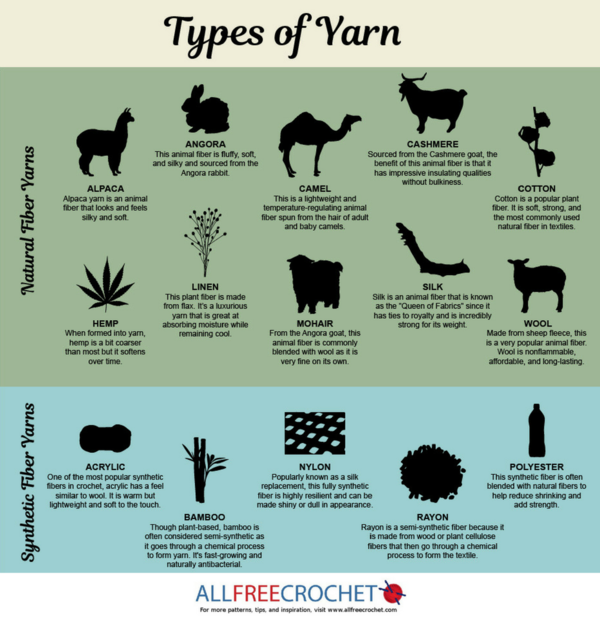
Natural Fiber Crochet Yarn Types
When it comes to different types of yarn, many people prefer natural fibers. Natural yarns do not involve much of a chemical process in turning fiber into yarn and are not combined with unnatural fibers to create the yarn either.
Natural yarns come from animals or plants and are harvested safely. However, this means that natural yarns tend to be more expensive than synthetic.
- Alpaca/Llama: South American llamas or alpacas produce very soft, warm yarn. Llama wool yarn is less soft and bulkier. Alpaca and llama wool is hypoallergenic since it does not have the lanolin found in lamb’s wool. That means that it's great for sensitive skin. This yarn does not accept color as well as wool though.
- Angora: Angora is an especially soft rabbit fur yarn that has a fuzzy appearance.
- Cashmere: Cashmere, from the soft undercoats of cashmere goats, is a more expensive yarn which is especially smooth while still retaining warmth.
- Cotton: Made from cotton plants, many types of cotton yarn are treated with chemicals to make them more durable, mildew resistant, and able to accept dyes better. Some environmental concerns have been raised with traditional cotton production though. The image below shows three Super Speedy Textured Dishcloths, which use 100% cotton yarn.
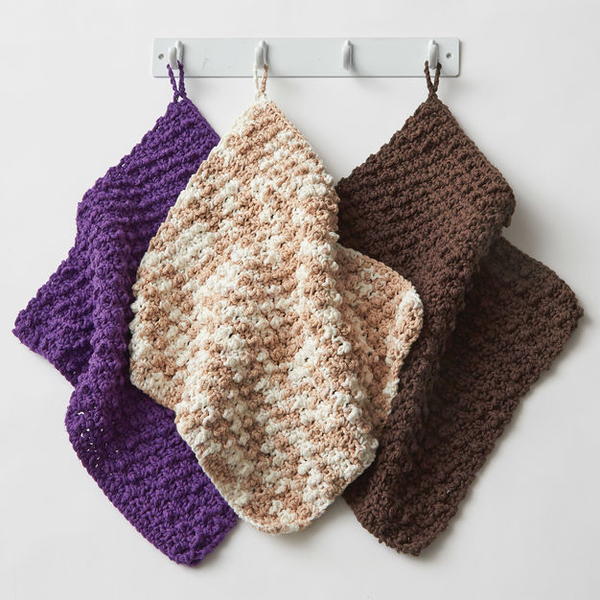
- Hemp: Hemp is incredibly eco-friendly as it is a renewable resource that can be grown without pesticides or herbicides and is the strongest natural fiber. Hemp yarn garments are softer with each machine washing and can be treated for softness as yarn.
- Linen: Linen yarn is made from the flax plant and is a lightweight yarn perfect for summer garments.
- Mohair: Mohair is a thick yarn from the Angora goat with an especially fuzzy look.
- Silk: Silk comes from silkworm larvae and is very smooth and light. Since silk does not have much stretch, silk is generally combined with other fibers for yarn, often cashmere for a truly luxurious yarn.
- Wool: Many different kinds of wool exist and are spun into yarns with different weights and textures. Wool accepts color very well and is very warm. Merino wool yarn is a popular choice for making garments. Below, you'll see four skeins of Lion Brand's popular wool yarn, Wool-Ease.

Yarn Blends
Many yarns blend different natural fibers, synthetic fibers or natural fibers with synthetic fibers, such as for a softer feel.
If you want to felt your knitted or crochet project, you must ensure the yarn is at least 80% wool, but the other 20% can be synthetic.
Types of Synthetic Yarn
Nylon, rayon, acrylic, viscose, and polyester are all synthetic fibers that appear in yarn. 100 % acrylic yarn is a common choice as it is the most inexpensive yarn. This makes acrylic yarn a good choice for those just learning how to knit or crochet.
- Acrylic: This is a popular fiber in crochet because it is inexpensive and comes in a variety of colors. It can be soft or stiff depending on the brand and style. It is warm but lightweight.
- Bamboo: Bamboo yarn has the feel of silk and is very strong. Bamboo is highly eco-friendly because it is a renewable resource because it can be harvested without killing the plant, which then regenerates the removed bamboo in a couple of months. The Bamboo Dishcloths/Towels shown below use a bamboo yarn.
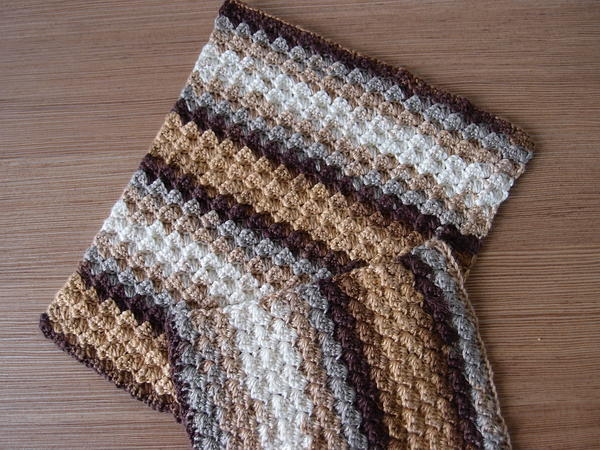
- Nylon: Often used as a replacement for silk, this fully synthetic fiber is desirable because it is resilient to stains and shrinkage and can be made dull or shiny.
- Polyester: Polyester is a type of plastic that is usually blended with other fibers to add strength and reduce the possibility of shrinking in the wash.
- Rayon: Also referred to as viscose rayon, this semi-synthetic fiber is made from plant cellulose or wood. It is formed into yarn by going through a chemical process. Rayon yarn can lose strength when wet but is very strong when dry.
Yarn Weights Chart
In the next section, you will learn about the six yarn weights categorized for crochet projects but before we get to it, we wanted to share this helpful yarn weights infographic. Pin this, save it on your computer, or print it out to keep it available when needed while crocheting.
This chart is chock-full of information about yarn weights, including what hooks to use and what projects to make.
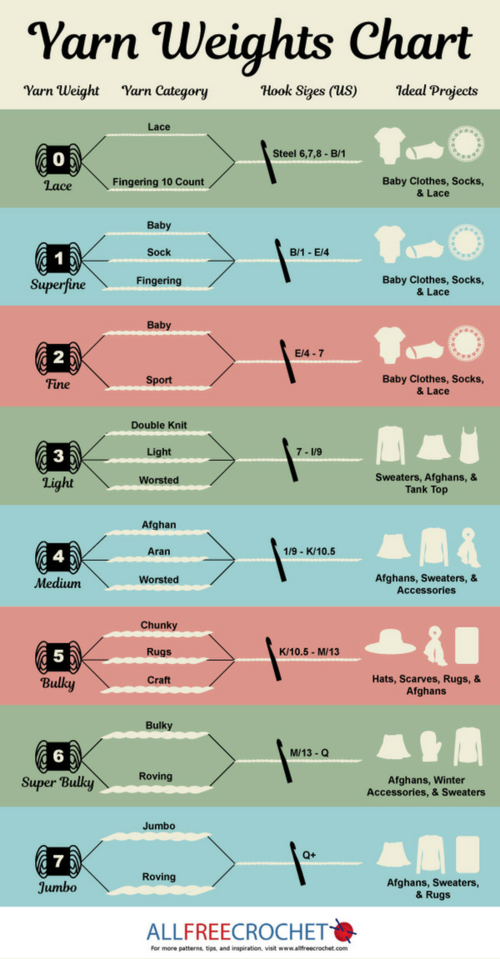
Crochet Yarn Weights
Yarn is divided by weight, or how many crochet stitches in a gauge of four (4) inches. The thinner the yarn, the more stitches in the gauge. The thicker the yarn, the fewer stitches in the gauge. Each yarn weight is also given a specific number for you to refer to.
Take a look below for the six most common yarn weights for crochet and get a few projects for those types as well.
PLUS! Before you start working on your crochet designs you have to know all about your crochet stitches. In order to learn those, you need to understand what crochet abbreviations mean. Be sure to read our Guide to Crochet Abbreviations.
Lace Weight Yarn:
(0) Lace
Weight: 33-40 stitches to 4 inches.
Categories: Lace and Fingering 10 Count Crochet Thread
Hook Sizes (US): A steel hook sizes 6 or 1.8 mm, 7 or 1.65 mm, and 8 or 1.5 mm is commonly used. Also up to B/1 or 2.25 mm standard hook.
Light and delicate crochet pieces are created using this yarn weight. Crochet projects using lace weight yarn:
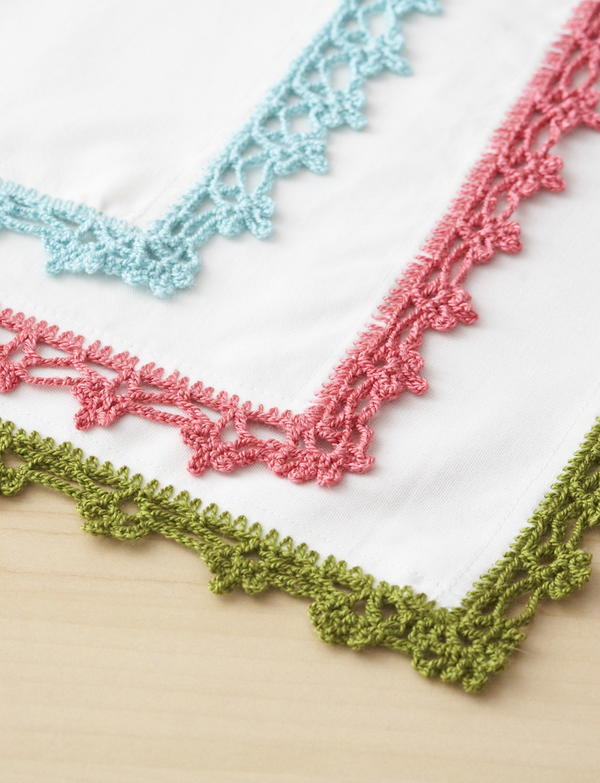
Super Fine Weight Yarn:
(1) Super Fine
Weight: 27-32 stitches to 4 inches.
Categories: Baby, Sock, and Fingering
Hook Sizes (US): B/1 or 2.25 mm, C/2 or 2.75 mm, D/3 or 3.25 mm, and E/4 or 3.5 mm hooks are most commonly used.
These light yarns are used for baby and delicate items. Crochet projects using super fine weight yarn:
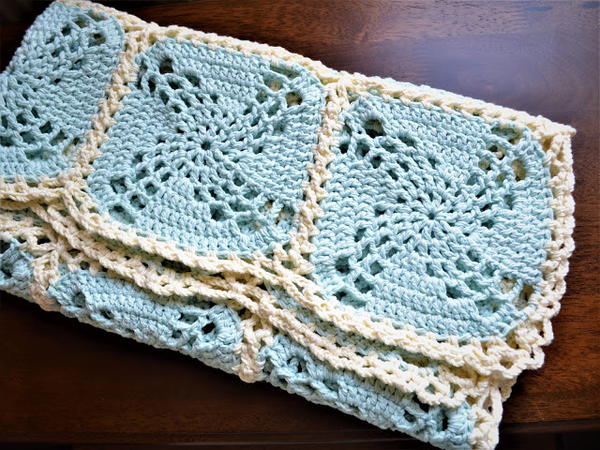
Sport Weight/Fine Weight Yarn:
(2) Sport Weight/Fine
Weight: 23-26 stitches to 4 inches.
Categories: Baby and Sport
Hook Sizes (US): E/4 or 3.5 mm, F/5 or 3.75 mm, G/6 or 4 mm, and 7 or 4.5mm are most commonly used.
This yarn weight is used for more intricate patterns and for projects such as socks. Crochet projects using fine weight yarn:
- Soccasins (shown below)
- Scalloped Crochet Doilies
- Gemstone Lace Top
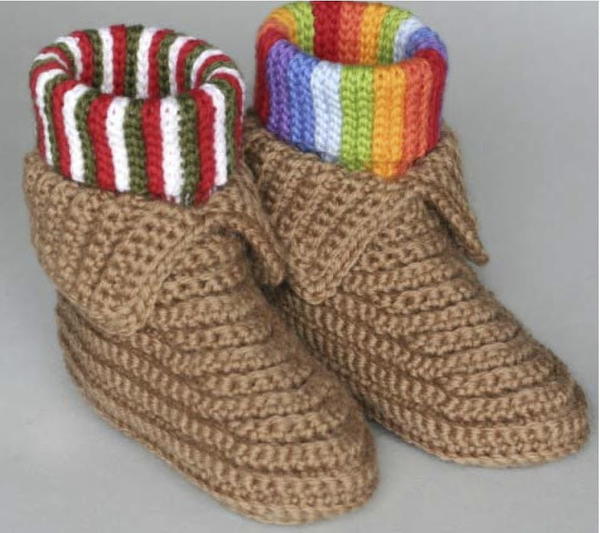
Light/DK Weight Yarn:
(3) Light/DK
Weight: 21-24 stitches to 4 inches.
Categories: Double Knit, Light, and Worsted Weight
Hook Sizes (US): 7 or 4.5mm, H/8 or 5 mm, and I/9 or 5.5 mm hooks are most commonly used.
These yarns are often used for lighter, summer-weight garments and many baby items. Crochet projects using lightweight yarn:
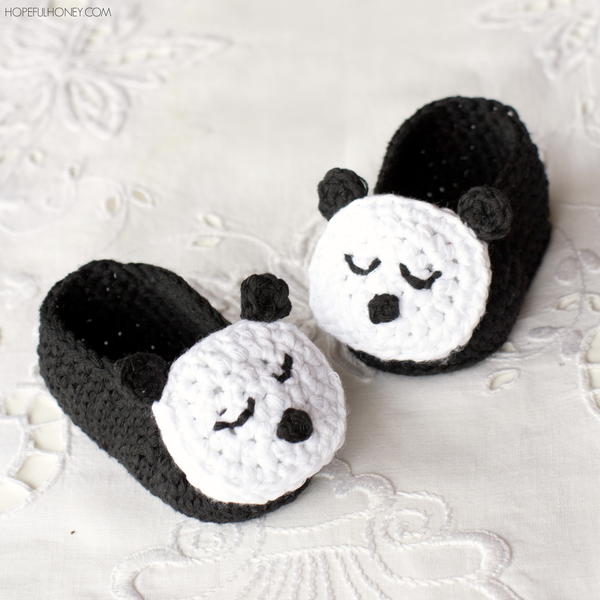
Medium Weight/Worsted Weight and Aran Weight Yarn:
(4) Medium Weight/Worsted Weight and Aran
Weight: 16-20 stitches to 4 inches.
Categories: Afghan, Aran, and Worsted Weight
Hook Sizes (US): I/9 or 5.5 mm, J/10 or 6 mm, and K/10.5 or 6.5 mm hooks are most commonly used.
These are the most popular weight yarns for a variety of projects. Crochet projects using worsted weight yarn:
- Forever Fabulous Flowers
- Tropical Paradise Crossbody Bag
- Vintage Inspired Crochet Potholder (shown below)
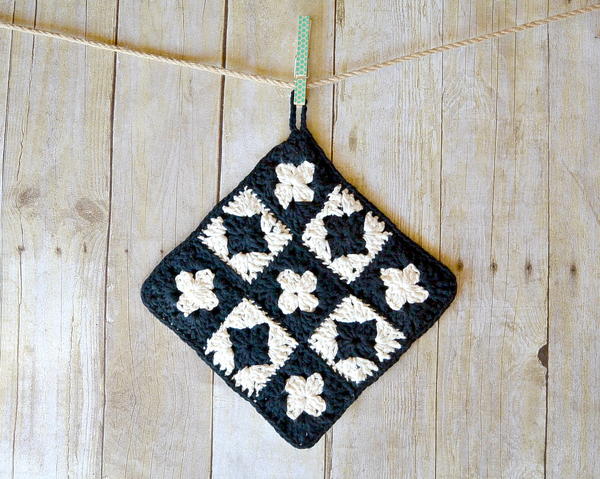
Bulky/Chunky Weight Yarn:
(5) Bulky/Chunky
Weight: 12-15 stitches for 4 inches.
Categories: Chunky, Rugs, and Craft
Hook Sizes (US): K/10.5 or 6.5 mm, L/11 or 8 mm, and M/13 or 9 mm hooks are most commonly used.
These yarns are used for scarves, afghans, and other projects. Crochet projects using bulky weight yarn:

Super Bulky/Super Chunky Weight Yarn:
(6) Super Bulky/Super Chunky
Weight: 4-11 stitches for 4 inches.
Categories: Bulky and Roving
Hook Sizes (US): M/13 or 9 mm, N/15 or 10 mm, P/16 or 11.5 mm, and Q or 16mm hooks are the most commonly used.
These yarns yield the fastest projects with the fewest number of stitches. Crochet projects using super bulky weight yarn:
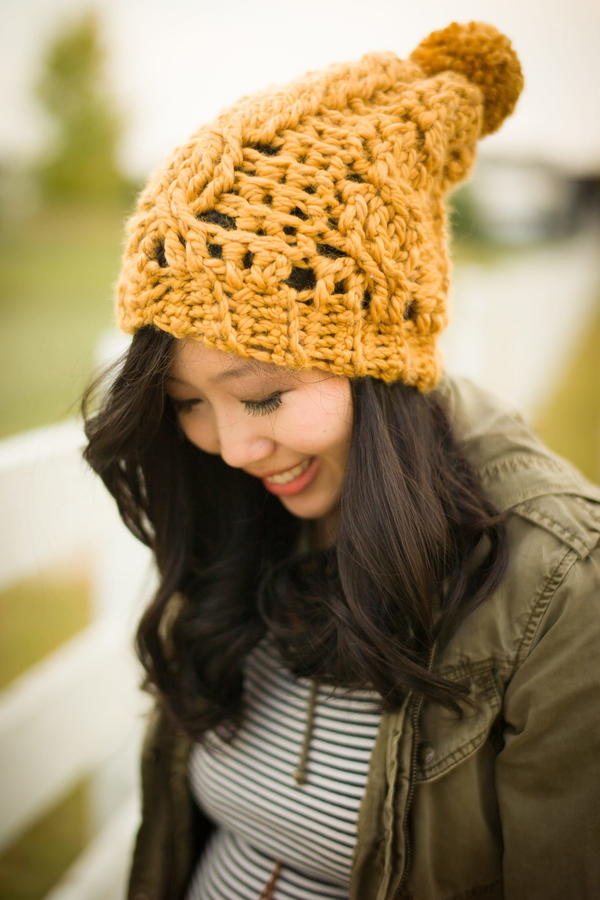
Up Next
Patterns by Crochet Hook Sizes >>>
What's your favorite yarn weight to work with?
Let us know in the comment section!
Your Recently Viewed Projects
Belita
Jul 16, 2020
Thank you this info is helpful. Question I have 2 rolls of yarn, both acrylic, Medium 4 and same recommended knit size, BUT different crochet hook size H8 vs I9. Does this mean I should not use both in same project? TX
EditorLP
Jul 23, 2020
Hi Belita, I'm glad this information is helpful! If you're planning to use two different types of weight 4 yarn in the same project, we'd recommend working up a swatch in each yarn to check your gauge. As long as both yarns match the gauge required for the pattern, it should be fine to use them both in the same project. Here is a helpful guide on gauge in crochet and how to use it: https://www.allfreecrochet.com/Basics/What-is-Gauge-in-Crochet. I hope this helps, and happy stitching! - Laura, editor of AllFreeCrochet
KLC
Jul 28, 2017
I like seeing the patterns for each yarn type. I'm a visual learner so it's nice to see what I can make with each weight of yarn.
Hippie Chick
Jul 18, 2017
This is a very informative post. With the ever changing market of yarns coming and going, I have to admit that it is confusing for me to remember this information even being a seasoned crocheter. Particularly helpful to me is the pdf chart on yarn weights which allows me to use equivalent yarn for a project.
maeve63
Apr 20, 2017
I love the explanations of the yarn types here, along with the weights! Its great to understand the materials you use when creating something. I personally like to use the yarn recommended by the pattern first. After creating the project as it should be I then feel comfortable experimenting with various yarn types. It amazes me to see how a different type of yarn can completely change the appearance and/or size of a project.
dinxdeb58
Mar 20, 2014
What is Aran? I have seen it in several patterns but don't know if it is a color or a type of fiber, yarn or what.
Hippie Chick
Jul 18, 2017
Aran is a weight and a British term. Aran yarn weight is categorized in medium-weight yarns.Sometimes you'll even see patterns use Aran and worsted interchangeably. But the two are not exactly interchangeable, especially in the U.S. Aran actually weighs slightly more than worsted yarn. If you're substituting Aran yarn on a pattern that uses Aran and worsted weights interchangeably, swatching is very important. Pay close attention to the gauge of the pattern and be sure you're meeting it. Sometimes a pattern might use a worsted weight yarn that's just slightly lighter than an Aran weight yarn, which could throw off your gauge a bit.Aran weight yarn is also great for situations when you need a slightly heavier yarn that still looks delicate.
Panda cat
Apr 25, 2012
This has been most useful. I am just learning the terms and stich codes. I can't find a definition of "Arna" as a type of fiber. What is it?
Hippie Chick
Jul 18, 2017
Aran is a weight and a British term. Aran yarn weight is categorized in medium-weight yarns.Sometimes you'll even see patterns use Aran and worsted interchangeably. But the two are not exactly interchangeable, especially in the U.S. Aran actually weighs slightly more than worsted yarn. If you're substituting Aran yarn on a pattern that uses Aran and worsted weights interchangeably, swatching is very important. Pay close attention to the gauge of the pattern and be sure you're meeting it. Sometimes a pattern might use a worsted weight yarn that's just slightly lighter than an Aran weight yarn, which could throw off your gauge a bit.Aran weight yarn is also great for situations when you need a slightly heavier yarn that still looks delicate.
Report Inappropriate Comment
Are you sure you would like to report this comment? It will be flagged for our moderators to take action.
Thank you for taking the time to improve the content on our site.

